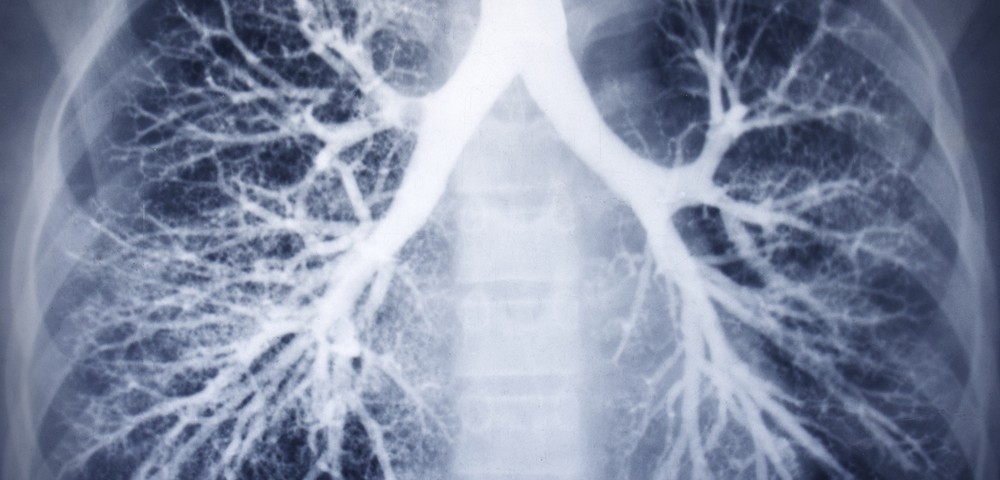Lung-dominant connective tissue disorders (LD-CTDs) are often associated with interstitial lung diseases (ILDs) such as nonspecific interstitial pneumonia (NSIP) or usual interstitial pneumonia. In a recently published study, researchers at the University of Chinese People’s Armed Police Force reported two cases of LD-CTD patients who had an overlap of NSIP and organizing pneumonia (OP).
The study, “Nonspecific interstitial pneumonia overlaps organizing pneumonia in lung-dominant connective tissue disease,” published in the International Journal of Clinical and Experimental Pathology, provides better insight on the disease spectrum.
Certain patients with connective tissue disorders (CTDs) don’t meet the criteria for a specific CTD because their most important clinical manifestation is the lung. Recently, objective and measurable criteria have been proposed for the identification of lung-dominant CTDs, which is important for the administration of effective, tailored treatment options. Based on the new criteria, the researchers identified two cases of LD-CTD.
The first case was a 38-year-old man who presented with a two-year history of chapped skin on his hands, one-month history of chest pain, and weakness. A chest X-ray and computed tomography (CT) scans revealed pulmonary fibrosis and abnormal collection of fluid in the pleural space. The patient tested positive for antinuclear antibodies, suggesting systemic autoimmune disease, and showed a slightly elevated tuberculosis test.
High-resolution CT scans showed ground glass opacities, and again abnormal collection of fluid was observed in the pleural space. In addition, a thoracoscopy revealed inflammation in the pleural cavity and characteristics of NSIP overlapped OP. The patient was diagnosed as LD-CTD of NSIP/OP and was treated with intravenous methylprednisolone, showing improvements.
The second case was a 24-year-old woman who had a dry cough, shortness of breath, and a diagnosis of interstitial pneumonia. A physical exam revealed the patient was severely hypoxic, had Reynaud’s disease, and crackles. An antinuclear antibodies test was also positive.
The patient’s lung function was severely reduced to 34.5 percent, and her chest CTs showed diffuse ground glass and liquid in the lungs. A biopsy also showed abnormalities in the lung consistent with NSIP overlapped OP, which led to the diagnosis of LD-CTD of NSIP/OP. Methylprednisolone treatment improved both the accumulation of liquid in the lungs and lung function.
According to the researchers, “without the criteria, the above two cases only could be diagnosed as Unclassifiable IIP [idiopathic interstitial pneumonia].” In that case, these patients would have been given glucocorticoid treatment, which would have led to a poor prognosis and could lead to relapses.
The researchers said that by diagnosing LD-CTD, they had enough evidence to prescribe them a glucocorticoid and an immunosuppressant, which provided a effective treatment.


